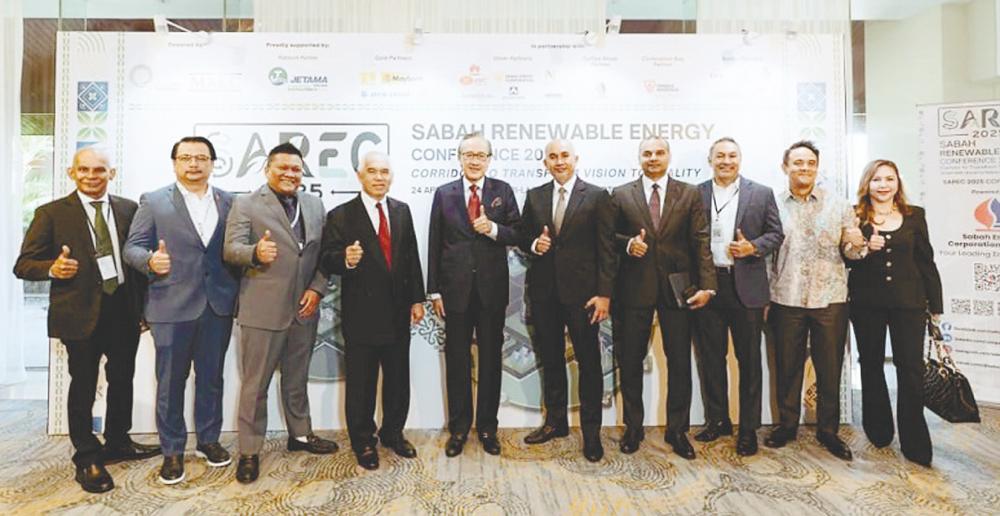KOTA KINABALU: Sabah can transform into a model for renewable energy development within the Asean region with the support of financial institutions and robust regulatory framework inputs from industry experts.
Sabah Chief Minister Datuk Seri Panglima Hajiji Noor said it is with utmost confidence that the government welcomes investors, entrepreneurs and partners from around the globe in establishing a symbiotic relationship that will ultimately play a vital role in shaping the state’s future.
“Sabah is open for business, and throughout my tenure as the head of the administration, we have established not just a framework but also an action plan that has made significant strides in creating a business-friendly environment as a result of streamlining our policies.
“The fact that we have much more development translates directly into exciting opportunities. I believe that the untapped potential means there is still an ample market share to be captured across the supply chain of this industry,” he told delegates at the Sabah Renewable Energy Conference 2025: Corridor to Transform Vision to Reality last week.
The conference was hosted by Malaysian Rating Corporation Bhd (MARC), in collaboration with Qhazanah Sabah Bhd, the strategic investment arm of the Sabah state government. The event was attended by representatives from Qhazanah Sabah, MARC, Energy Commission of Sabah, Sustainable Energy Development Authority and government officials from Sabah, Sarawak and Peninsular Malaysia.
Hajiji said while there are climate shift and energy volatility, Sabah has shown resilience, where the state has adapted and collaborated closely with the federal government in its efforts to move forward.
“In every growing economy, it is a consensual understanding that energy is not a side agenda. It is the core of economic development and with the vision of reducing carbon footprint shared globally, Sabah is no exception to partake in this endeavor.
“Every school that lights up, every factory that expands, and every job that is created to support the adoption of renewable energy tells us one thing: Sabah’s energy future is Malaysia’s economic future.
“The government firmly shares this belief and transcends it beyond just kilowatts and carbon emissions,” he said.
Hajiji said it is because of this that Sabah is increasing its efforts to proactively build a renewable energy future, capitalising on its abundant resources to build its readiness to meet the global energy landscape that is tangled in the trilemma of security, affordability and sustainability.
“I believe if we can commission the 50-megawatt Sabah Solar PV Park that is responsible for powering over 10,000 households, then we can envision a future and initiate our progress towards achieving more than 50% capacity of renewable energy share comprising multiple portfolios of renewable resources.
“However, we cannot deny that big visions would require long-term commitment that begins with establishing a framework that is personalised to Sabah’s needs.”
Hajiji said that this understanding led to the establishment of the Energy Commission of Sabah and the shift of regulatory autonomy from federal to Sabah.
He also noted the importance of synergistic relationship, and such synergy is best achieved by promoting better alignment of Sabah’s development to that of Malaysia.
“And we do this by charting our own strategic measures that are customised to suit our advantages. This establishment is our call for action towards gaining autonomy in deciding what we believe is best for us. It is a call for action that Sabah is ready to embark on a journey that will push our energy trajectory into one that position our state as one of the key drivers in contributing to Malaysia’s success in reducing its carbon footprint.
“With the transfer of regulatory authority and guidance from the Sabah Energy Road Map and Masterplan, we aim to align with the goals of the National Energy Transition Roadmap by developing our own flagship projects.
“These initiatives will mark Sabah’s journey towards becoming a low greenhouse gas emission state by 2050,” Hajiji said.









